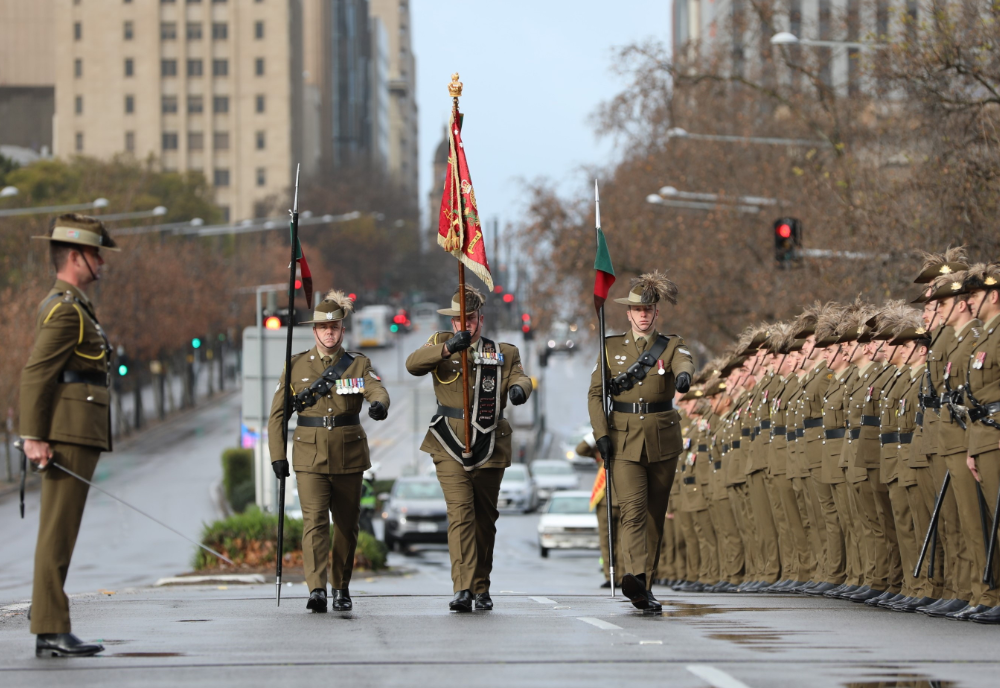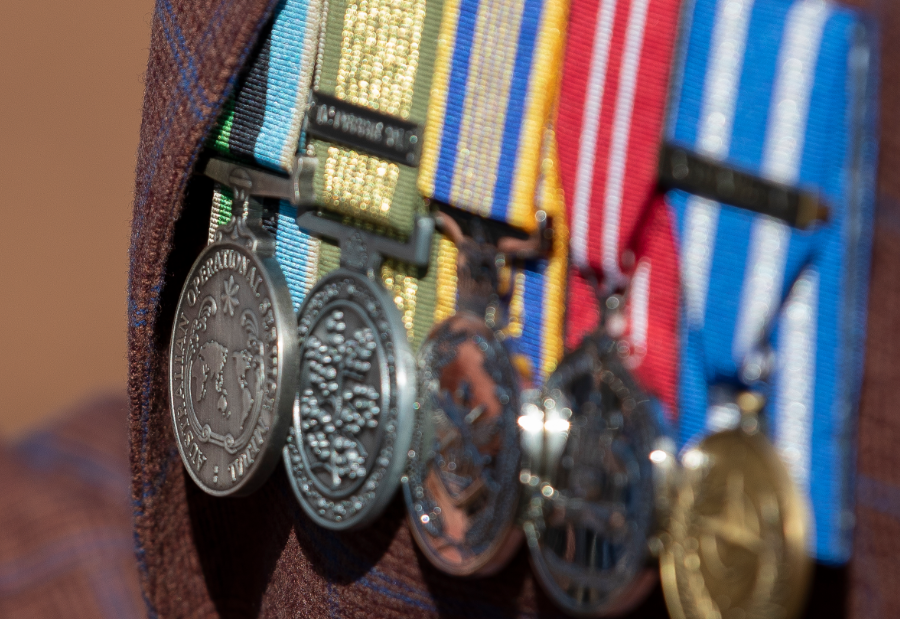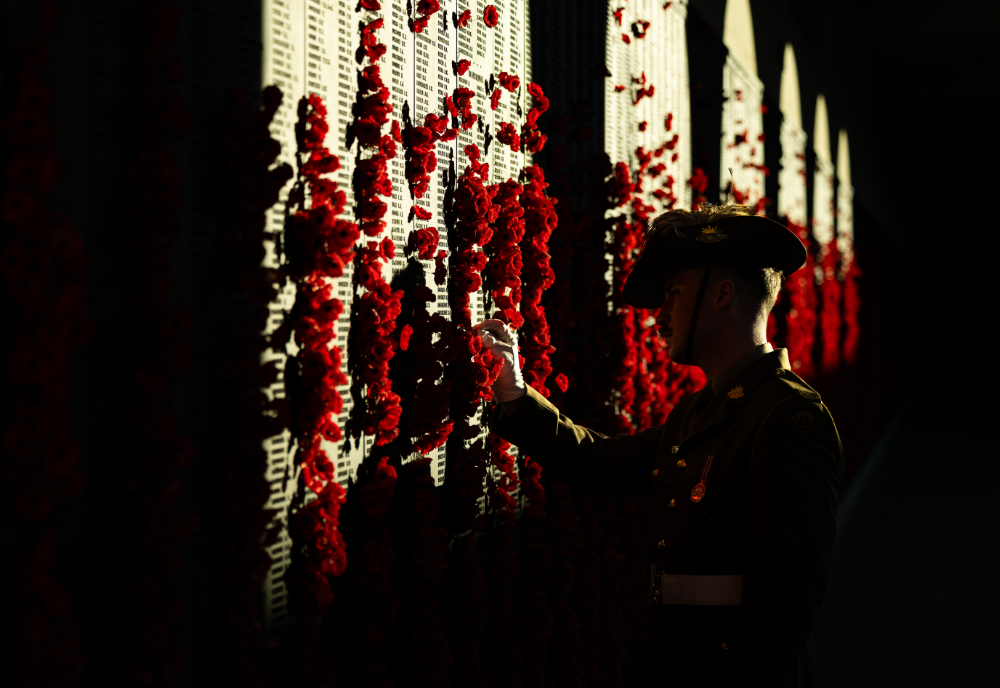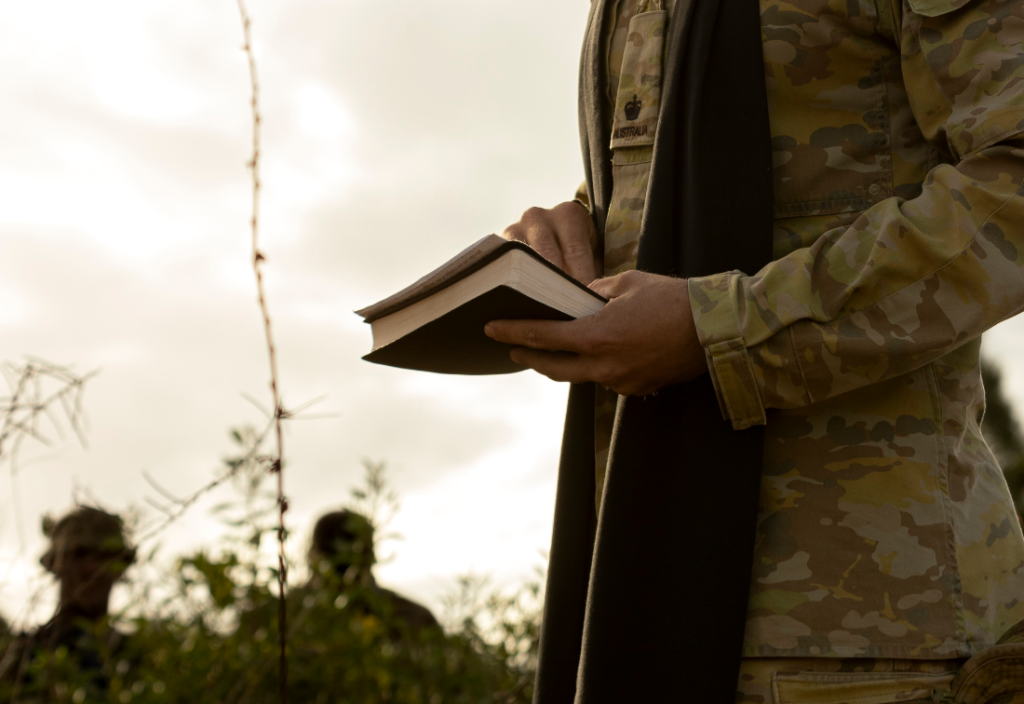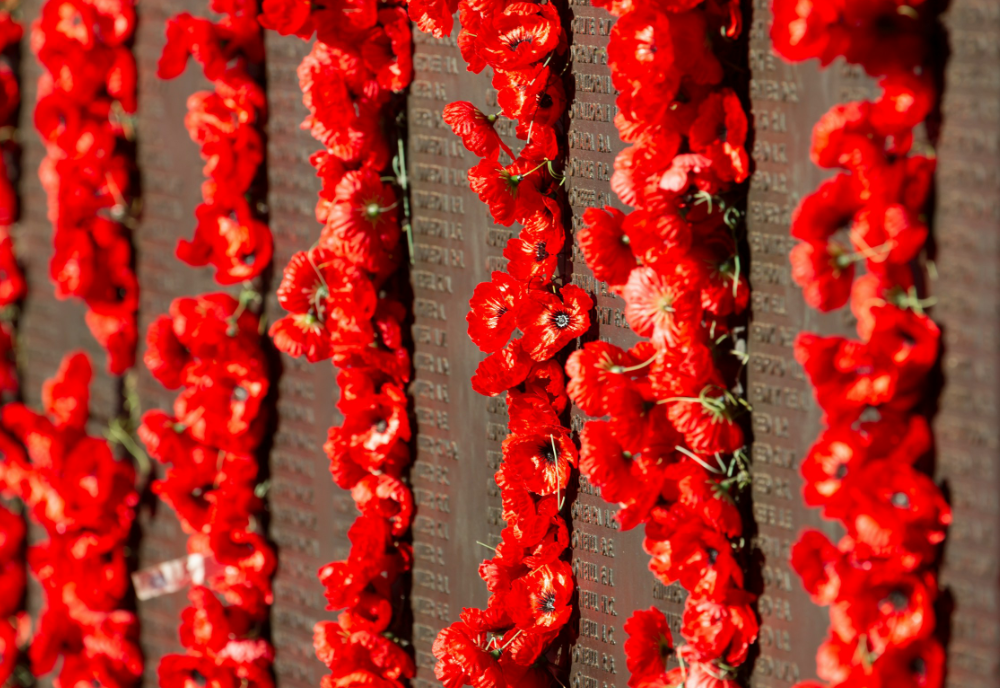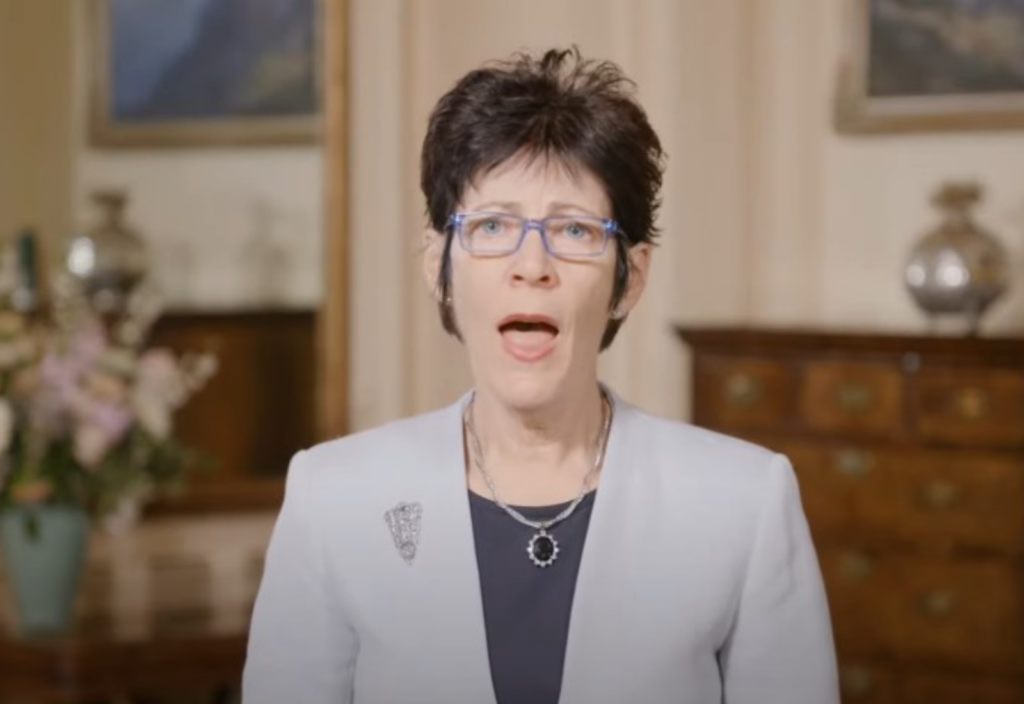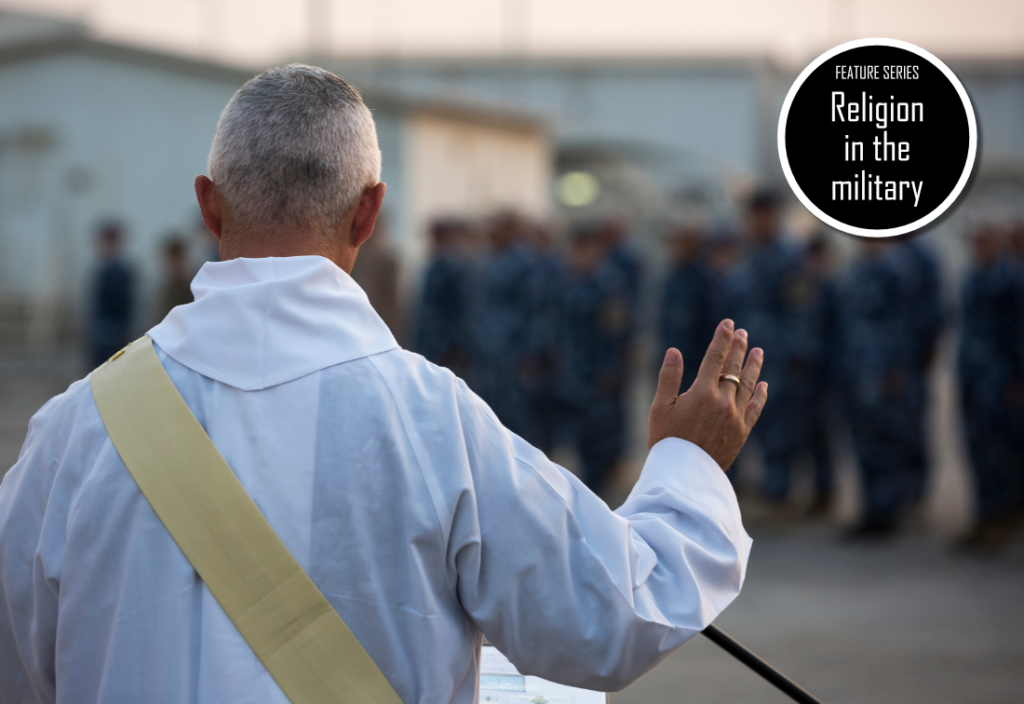On 8 July 2023, the Australian Army, specifically the 1st Armoured Regiment, had a once-in-a-lifetime opportunity to march through the streets of a major capital city, display its military hardware and inspire the next generation of potential recruits.
The Army had a chance to display that it was not a conservative and traditional Army but was instead a progressive, multicultural, diverse and technologically advanced organisation. It had a chance to market itself to a broad demographic that it was representative of the nation’s population. In doing so, it could have hoped to secure the next tranche of recruits that would be responsible for the defence of the nation.
Instead, it squandered an opportunity.
By parading through the streets of Adelaide, led by several white Christian male chaplains, and by conducting a Christian church service to proclaim the move of a regiment’s guidons – or ‘sacred flags’, as described by one news agency – from one city to another, the Army ignored several realities of Australia in 2023.
It ignored the fact that a majority of the regiment’s members are not Christian. It ignored the fact that there are likely non-Christians currently serving in the regiment. And it ignored the fact that the regiment will be less Christian next year and in the years that follow.
Ceremonies around the colours, standards, guidons and banners in the Australian Army are deeply rooted in tradition, many of which reflect British Christian rituals from centuries ago. However, times change, the population changes and the Army has changed.
In The Forge last week, I wrote about the latest data on the decline of religious affiliation in the Australian Defence Force. As at 1 January 2023, almost 64 per cent of full-time members did not have a religious affiliation, continuing a trend observed for two decades.
Australian Army's show of force in Adelaide stuns, disturbs https://t.co/D2reU71Ttj
— Daily Mail Australia (@DailyMailAU) July 10, 2023
Even in Adelaide – the so-called ‘city of churches’ – ABS Census data show that a majority (50.8 per cent) of the population identify as having no religion (and that figure excludes those who identify in the Census as atheist, agnostic and with other secular beliefs).
Although traditions are necessary and very important to the Army and its members, the manner in which they are observed needs to be contemporised from time to time. When the population of the Army and the nation that it represents no longer reflect the Christian observances in its traditions, then it’s time for change.
This need is further heightened when Christian rituals not only fail to reflect the population but risk ostracising and isolating large sectors of the community from which the Army seeks its support and from which it recruits.
The customs and traditions of the Australian Army and the wider Australian Defence Force don’t need to persist with Christian rituals. This is a choice.
Ceremonies such as that conducted in Adelaide didn’t need to occur in a cathedral, be presided over by chaplains, contain prayer, hymns or readings (watch the full church service here). It could just as easily have been held in public, presided over by dignitaries and including a mix of display, heritage, tradition, ceremony and community.
The opportunity to have the guidons on public display, show the Abrams tank and other technology to an inquisitive public, demonstrate the discipline of soldiers on parade and inspire a city was lost in preference for a divisive and non-inclusive church service.
When the Australian Army decided to appeal to the sentimental conservative Christian demographic through its observance of a Christian tradition without any regard for the diversity and lack of religiosity in its own members, it also decided to appeal only to the diminishing demographic of white Christian conservative males.
If the Army continues down this path, it will perpetuate an outdated and irrelevant Christian narrative of military service and find itself isolated and detached from the nation at a time when it is struggling to meet its recruiting targets.
This was an own-goal and the Army could have done so much better with the opportunity.
If you wish to republish this original article, please attribute to Rationale. Click here to find out more about republishing under Creative Commons.
Photo by Department of Defence/Commonwealth of Australia.

